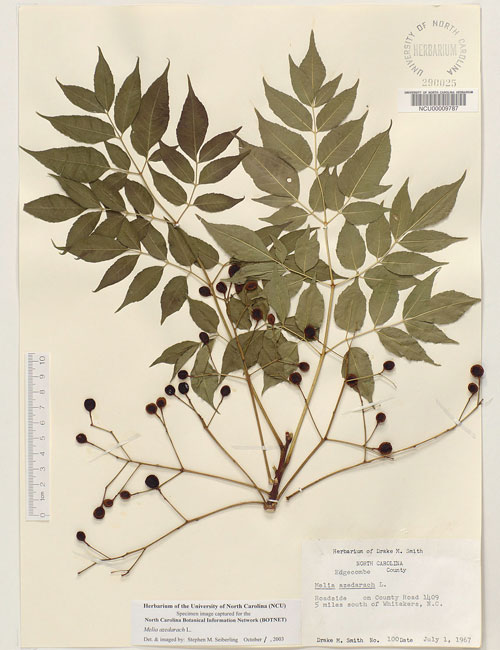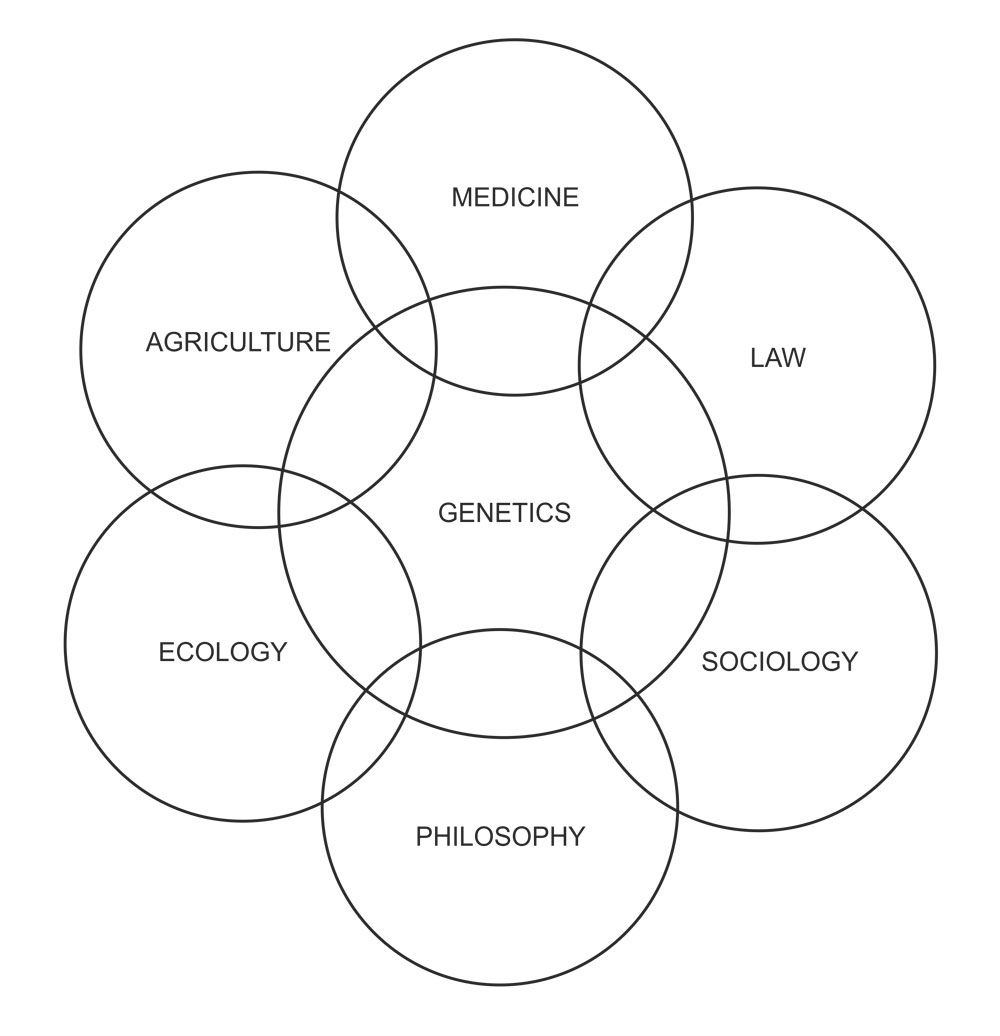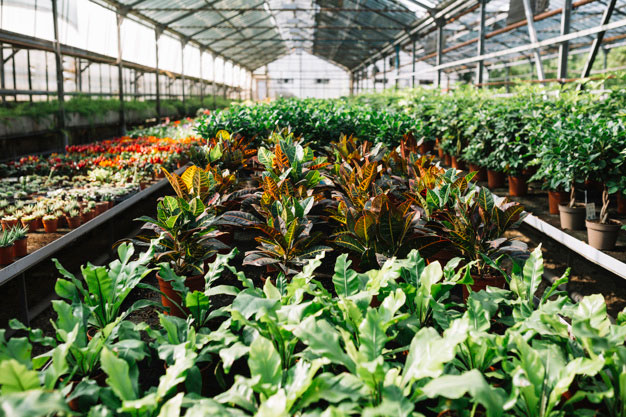Types of Tissues
A tissue is a group of similar cells (together with associated cell products) specialized for the performance of a common function.
Herbarium

In botany, a herbarium is a collection of preserved plant specimens. These specimens may be whole plants or plant parts: these will usually be in a dried form, mounted on a sheet, but depending upon the material may also be kept in alcohol or other preser
Coenzymes
Coenzymes are small organic molecules that function with thousands of different enzymes in all organisms, assisting in the catalytic processes needed for life. They often contain vitamins as components.
Atomic spectroscopy
Atoms of certain metals will absorb and emit radiation of specific wavelengths when heated in a flame, in direct proportion to the number of atoms present.
Chlorobacteria
The Chloroflexi (Chlorobacteria) are a class of bacteria that produce energy through photosynthesis. They make up the bulk of the filamentous anoxygenic phototrophs
Germplasm theory
Germplasm theory of Weismann was a very significant advancement in our understanding of heredity, since this was for the first time that a distinction between hereditary and environmental variations could be made on a sound basis.
Developmental genetics

The area of developmental genetics has also received major attention of geneticists in recent years to answer questions like the following. What are the relative roles of nucleus and cytoplasm in differentiation?
Bioenergetics
An amalgamation of the term biological energetics, is the branch of biology and biochemistry that is concerned with how organisms extract energy from their environment and with how energy is used to fuel the myriad of life?s endergonic processes.
Column Chromatography
Column chromatography is one of many forms of chromatography. Others include paper, thin-layer, gas, and HPLC. Most forms of chromatography use a 2-phase system to separate substances on the basis of some physical-chemical property.
Prokaryotic DNA polymerases
Three different prokaryotic DNA polymerases are known, of which DNA polymerases I and II are meant for DNA repair and DNA polymerase IN is meant for actual DNA replication
Bacteriophages
A bacteriophage is a virus that infects bacteria. Like all viruses, phages are obligate intracellular parasites, devoid of protein synthesizing machinery and energy conversion systems.
The nature of horticulture

Horticulture may be described as the practice of growing plants in a relatively intensive manner. This contrasts with agriculture, which, in most Western European countries, relies on a high level of machinery use over an extensive area of land
Protein Synthesis
Protiens are polymers of amino acids joined by peptide bonds (proteins are therefore also known as polypeptides). The number and order of the amino acids contained in a particular protein are prescribed by the DNA sequence of that protein?s gene.
Macronutrients - Nitrogen
Discovery of the essentiality of nitrogen is often credited to de Saussure (1-3), who in 1804 recognized that nitrogen was a vital constituent of plants, and that nitrogen was obtained mainly from the soil.
Recombinant DNA Technology
Discoveries in molecular biology have allowed scientists to duplicate natural genetic transfer phenomena in the laboratory and to develop methods to introduce almost any type of genetic information into an organism.
Terrestrial Environments Biomes
A biome is a major biotic unit bearing a characteristic and easily recognized array of plant life. Botanists long ago recognized that the terrestrial environment of the earth could be divided into large units having a distinctive vegetation, such as fores




